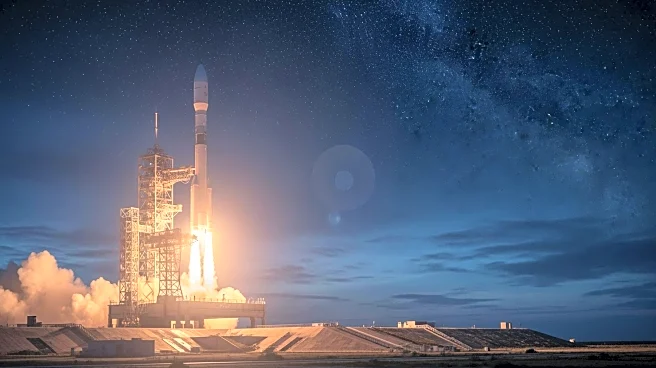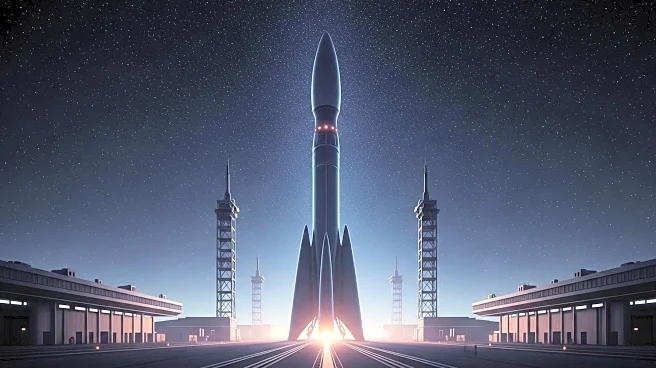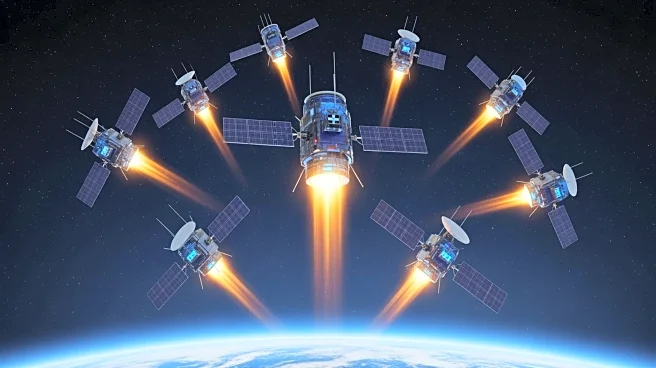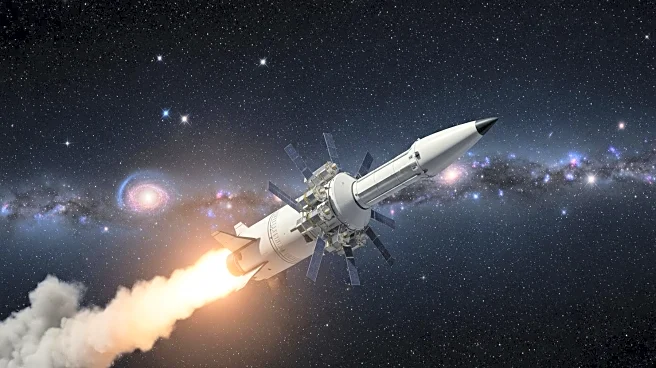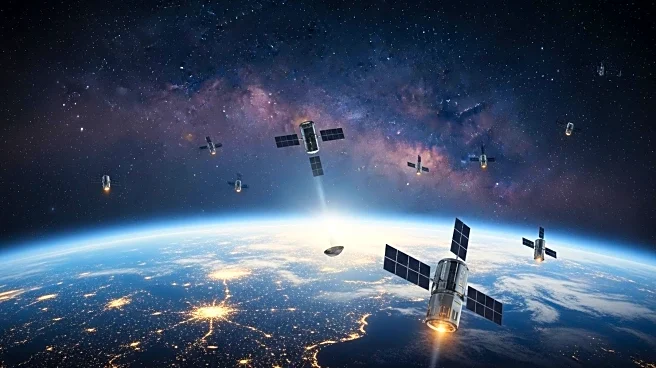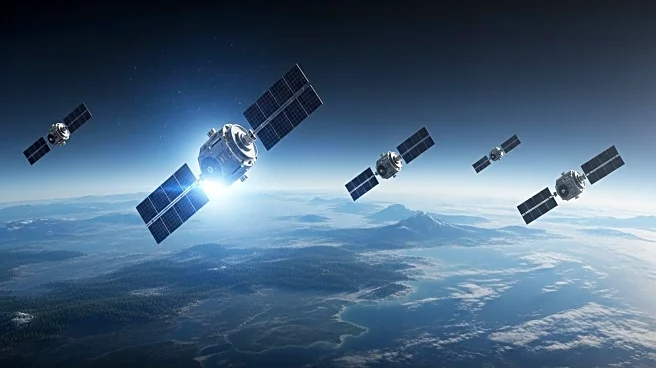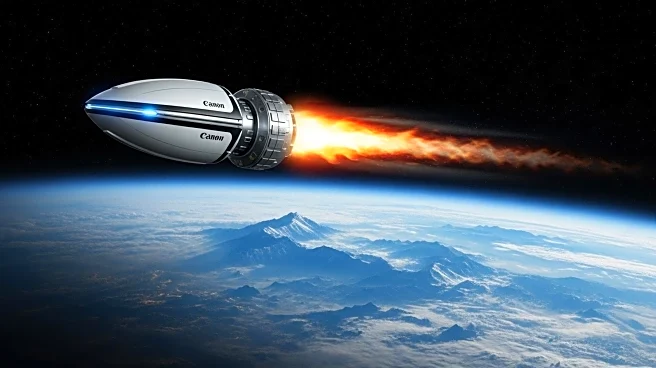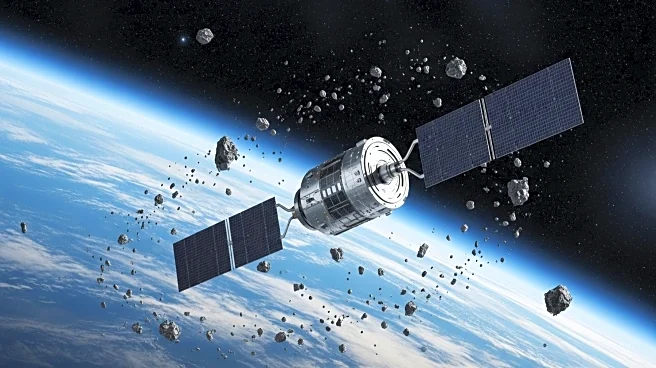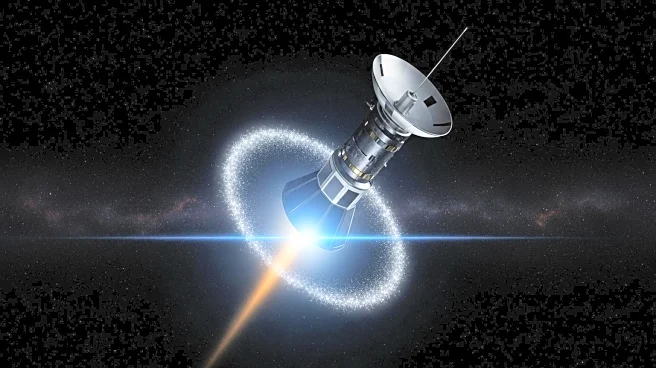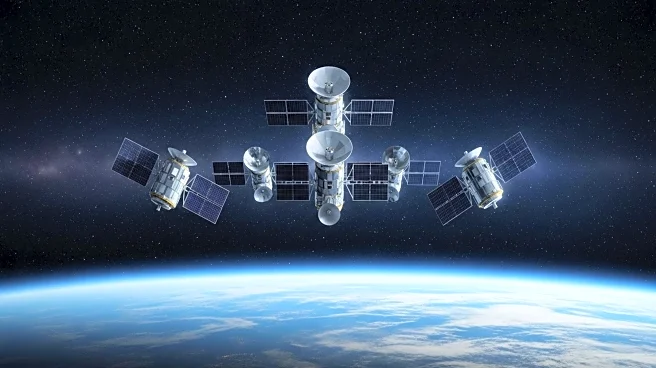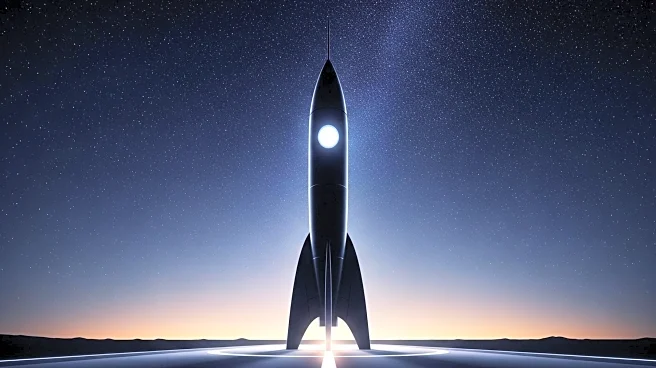What's Happening?
SpaceX is preparing for an overnight launch from Cape Canaveral Space Force Station to enhance its Starlink satellite constellation in low Earth orbit. The launch, scheduled for Thursday morning, will
deploy 28 V2 Mini satellites, contributing to the existing network of 8,600 satellites. This mission, known as Starlink 10-52, is set to take off from Space Launch Complex 40 at 5:27 a.m. EDT. The launch is part of SpaceX's ambitious schedule, marking the 130th Falcon 9 launch of the year. The 45th Weather Squadron has forecasted favorable conditions for the launch window, with a 95% chance of good weather. However, the landing zone for the Falcon 9 first stage booster presents a moderate risk due to weather conditions. The booster, identified as B1095, will be recovered using the drone ship 'Just Read the Instructions' approximately 8.5 minutes after liftoff.
Why It's Important?
The expansion of SpaceX's Starlink satellite network is significant for global internet connectivity, particularly in underserved regions. By increasing the number of satellites, SpaceX aims to enhance the coverage and reliability of its internet service. This development is crucial for bridging the digital divide and providing high-speed internet access to remote areas. Additionally, the successful execution of frequent launches demonstrates SpaceX's capability to maintain a high launch cadence, reinforcing its position as a leader in the commercial space industry. The continued success of these missions could influence future collaborations and contracts with government agencies and private companies seeking reliable satellite deployment services.
What's Next?
Following the launch, SpaceX will focus on recovering the Falcon 9 booster and assessing the performance of the newly deployed satellites. The company will continue its efforts to expand the Starlink network, with more launches planned in the coming months. Stakeholders, including internet service providers and potential customers, will be monitoring the impact of the expanded network on service quality and availability. Additionally, SpaceX's ability to maintain its launch schedule amidst weather challenges will be crucial for future missions, including those supporting the Space Development Agency's objectives.
Beyond the Headlines
The rapid expansion of satellite networks like Starlink raises questions about space traffic management and the long-term sustainability of low Earth orbit. As more satellites are launched, the risk of collisions and space debris increases, necessitating improved regulatory frameworks and international cooperation. Furthermore, the deployment of large satellite constellations has implications for astronomical observations, potentially affecting scientific research. Addressing these challenges will require collaboration between space agencies, industry leaders, and policymakers to ensure the responsible use of space resources.
